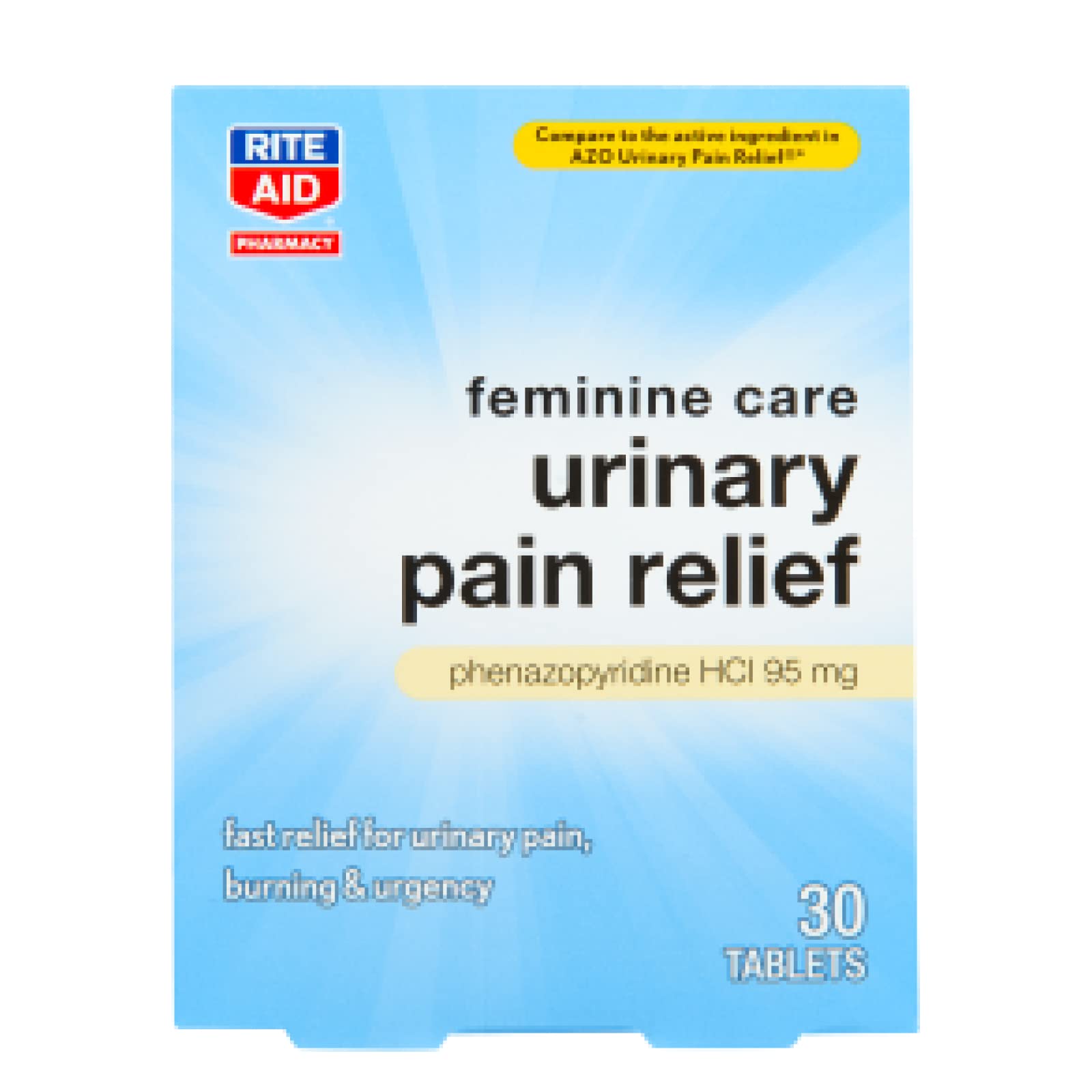
September 7, 2024
Urinary System Incontinence Bladder Incontinence American Cancer Cells Society
Urinary System Incontinence And Quality Of Life Bladder outlet obstruction can be brought on by outside compression by abdominal or pelvic masses, urethral strictures, and pelvic body organ prolapse, among other causes. Urge incontinence is the uncontrolled leak of pee that might be come before or come with by a feeling of urinary urgency (yet can be asymptomatic too) due to detrusor overactivity. The contractions may be triggered by bladder irritation or loss of neurologic control. The condition may be brought on by detrusor instability, over active bladder, or neurological problems such as stroke, Parkinson condition, or multiple sclerosis. Please see StatPearls' friend resource, "Urge Urinary incontinence," for further details.Understanding Urinary Incontinence
An individual who undertakes surgical treatment of stress and anxiety incontinence is most likely to experience symptomatic prolapse in the future. Recent large-scale studies have disclosed that approximately one third of the grown-up, community-dwelling females have some form of urinary system incontinence (UI). Stress urinary system signs are most widespread, being apparent in 70%-- 88% of incontinent women, either as pure anxiety urinary incontinence (SUI) or mixed urinary system incontinence (MUI). SUI continues to remain a taboo, however, with only a minority of incontinent women seeking advice from a doctor concerning their trouble. Reasons for these low examination prices include shame and shame, absence of info regarding readily available therapy choices, fear for surgery and the false impression that coming to be incontinent is an unavoidable effect of age and/or delivering. Yet, most SUI individuals show that the problem has an adverse influence on their wellness. Empower yourself with understanding concerning the problem, readily available treatments, and way of living alterations that can make a favorable impact. Anticholinergic medicines have a role in the management of UUI, but nonpharmacological treatments should generally be taken into consideration first Although none of the six presently offered anticholinergic representatives shows up to have a clear benefit in terms of effectiveness, application benefit and medication tolerability may affect the option of therapy. Now, as a grown-up, those with continence problems face an adverse preconception and too often offending interaction from others. But urinary incontinence is treatable, so obtaining your physician's advice is the very first step. Therapy can aid you return to your regular tasks and make you really feel better about yourself. This can protect against the muscle mass around the anus from working properly, bring about urinary incontinence.Just how to manage urinary system incontinence?
- " Reducing urinary system incontinence starts with understanding which sort of incontinence you're experiencing and
- what's triggering it," says Dr. Exercise your pelvic floor.Take supplements.Do yoga to relax.Make lifestyle changes.Consciously drink water.Seek medical treatment.Consider behavioral therapy.Find your neighborhood. Monitoring and therapy for urinary incontinence Alternatives might consist of: boosted liquid consumption of up to 2 litres a day. high-fibre diet regimen. pelvic flooring workouts. The eCoin system, accepted by the united state Fda "in March 2022 for the therapy of necessity urinary incontinence, is based on tibial nerve'excitement. The tibial nerve is involved in motion and feeling
Frequency, Occurrence And Associates Of Urinary System Incontinence In Healthy And Balanced, Middle-aged Females
For females with MUI, almost one in 5 had modest to severe levels of anxiety defined by a GDS score of 10 or more and 30.0% had high degrees of stress and anxiety specified by a PSS-4 score of 9 or even more. 68.1% reported reduced to Bladder training tool levels of self-confidence specified by an RSES score of 19 or much less. Amongst the different sorts of UI, the most affordable degrees of self-esteem were seen for MUI. Coping with a catheter can really feel a bit odd in the beginning and you might discover it tough to get used to the concept of wearing one, particularly if you require an indwelling one. There are numerous charities and organisations throughout lots of nations, that supply practical details, suggestions and assistance to individuals dealing with urinary system incontinence and that use catheters. Your medical professional may advise that you have a catheter placed to manage your urinary system incontinence.- A person that goes through medical treatment of anxiety urinary incontinence is more probable to experience symptomatic prolapse in the future.
- When selecting amongst the 5 outer AABs that are readily available for the therapy of BPH, medical professionals have to take into consideration a number of elements.
- The uncertain nature of the problem and the immediate and constant impulse to pee can bring about continuous anxiousness, embarrassment, and social seclusion.
- Go to Urinary Incontinence Relevant Makeup for additional information on this topic.
Social Links